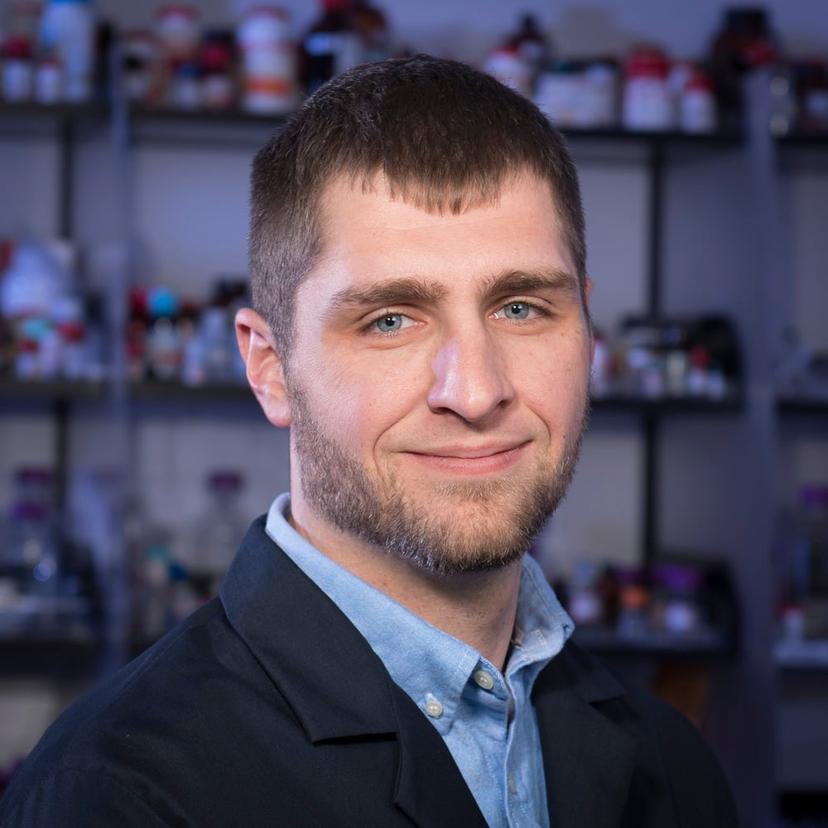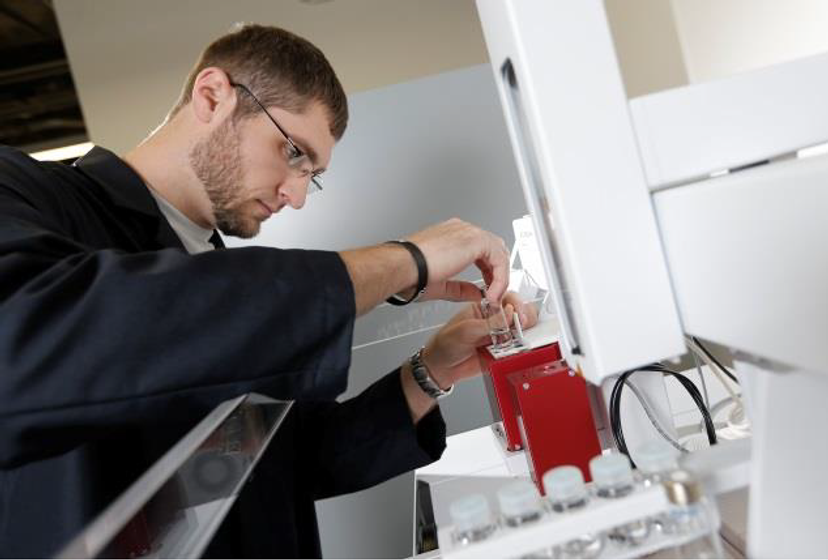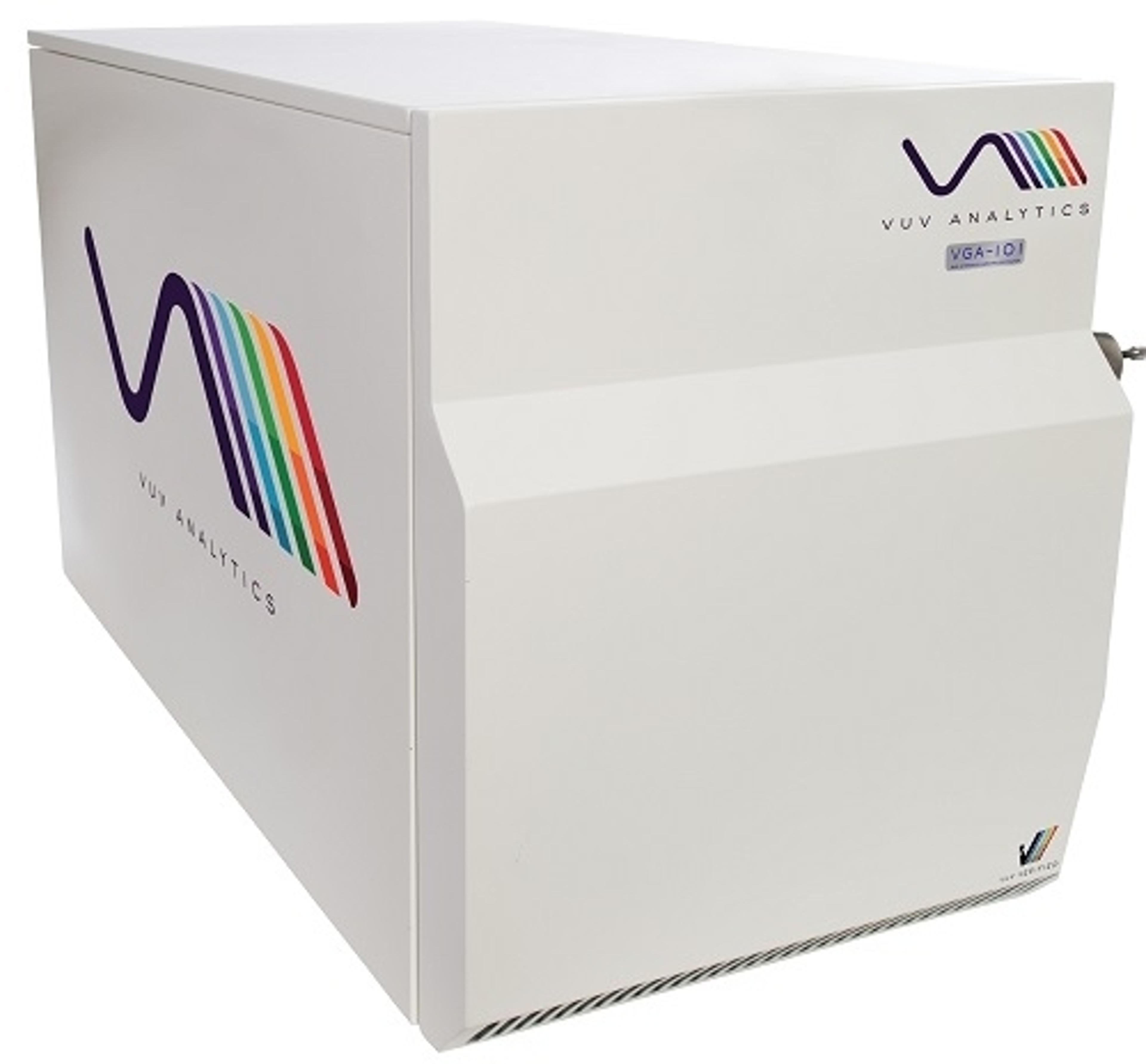Meet Doug, SelectScience® Reviewer of the Month - April 2017
Doug Carlton describes his fascinating research work at the University of Texas, Arlington, explains why communication is so important in science and reveals his hero in science
24 Apr 2017
Doug Carlton - Project Manager for C.L.E.A.R. at The University of Texas, Arlington
Doug Carlton, Ph.D. is a Project Manager for C.L.E.A.R. (Collaborative Laboratories for Environmental Analysis and Remediation) at the University of Texas, Arlington.

What are you currently working on?
I am working with a team of student and professional researchers to assess what impacts, if any, unconventional oil and gas extraction is having on the surrounding environment. This encompasses multiple chromatographic and spectroscopic techniques for matrices such as soil and groundwater. A handful of remediation strategies for either soil, groundwater, or drilling produced water are also characterized through our analytical methods.
Tell us what a typical day looks like for you…
A typical day involves making the rounds through the student researcher needs. A fair amount of time is also spent being the voice between the lab and collaborators with the sampling, writing, and future presentation schedules. I throw on the lab coat to prepare and analyze the groundwater samples when a weekend sample collection trip has returned from either the Eagle Ford Shale, the Permian Basin or the Barnett Shale. A modest amount of time can also be spent on reading how hydraulic fracturing is somehow the best and worst thing to happen to this generation and those to follow.

Inspecting a groundwater sample queued for headspace-GC-MS/MS analysis with the Shimadzu AOC-5000 plus and GCMS-TQ8040
What inspired you to get into the world science?
I found that science gave a new perspective and, possibly, understanding to questions in our everyday world.
How did you get into your specific field of work?
In short, a couple of young scientists showed up in my Ph.D. advisor’s office wanting to bring an analytical chemist on board with a plan to sample 100 water wells across the Barnett Shale region of north Texas. He said yes, and I was the only one in the lab with GC experience at that time. He foresaw “fracking research” having a larger impact than my ongoing work of gas-phase binding interactions by MS, so I picked it up full-time, later culminating the methods I had created into my dissertation. The day after graduation, I moved offices. My prior work was substantial enough to generate a model worthy of initiating C.L.E.A.R., and we just keep rolling with it.
Why are reviews important?
Reviews by users are important because every vendor believes their product is the best, or at least sufficient enough, for your applications. Once you are able to read a user’s account or even fortunate enough to discuss with them in person, you can begin to see any quirks, compromises, or even oversights made. I have had the opportunity to sit through customer demonstrations by a couple manufacturers as a third-party user, and the customers typically find that presence quite rewarding. There are always some “Between you and me…” questions that can be quite difficult for them to get answered elsewhere.
Why is communication in science key?
If no one understands the need or conclusions of your research, then it ultimately is only good for self-gratification. To date, most of our funding has been through private donations after proposing projects based upon a landowner’s well water findings or aligning with a charitable foundation’s mission statement. We find it quite crucial to understand our audience and present to that level, whether it be Joe the 3rd generation bison rancher or Professor Smith at an international conference. It can be a difficult task to master, especially for scientists, but quite valuable in today’s research world.
Preparing environmental water samples for ICP-OES analysis with the Shimadzu ICPE-9000
What’s the most innovative piece of lab equipment you use?
The most innovative piece of lab equipment we use is actually nothing more than a detector. The VGA-100, manufactured by VUV Analytics (Cedar Park, TX), is a spectroscopic GC detector that measures from 120-240 nm, reaching into the vacuum ultraviolet wavelength region. This wavelength region is energetic enough to observe transitions even between single bonds of compounds. Therefore, there is now full-spectral absorbance for compounds like methane, ethane, O2, H2O, and just about anything else you can get through a GC column, data that had previously only been achievable in synchrotron sites. A powerful situation where it is used in C.L.E.A.R. is distinguishing between isomers since spectra are unique for all compounds. It also assists in deconvoluting individual compounds out of complex samples like produced water. We find it to be a nice complement for questions after GCMS analysis.

What’s your favorite piece of lab equipment?
My favorite piece of equipment would be the AOC-5000 plus autosamplers (Shimadzu Scientific Instruments; Columbia, MD). We use these GC autosamplers for both liquid and headspace sampling. Automated headspace analysis has had much success for many of our projects. Having the freedom to customize the heating, agitation and even syringe-drawing conditions of a method presents the opportunity for an analytical chemist to get lost in delight with all the variables that could improve analysis. Our system is also outfitted with a module for SPME which we are looking to incorporate in the future. It also makes for good press footage since it is one of the few things that move in an analytical lab.
A free coffee mug from a tradeshow is a close second, definitely a Most Valuable Player winner in the workplace.

Who is your hero in science and why?
It would have to be Professor Emeritus Harold McNair of Virginia Tech. The time I have spent with him in and out of the lab has been a phenomenal model of great success as a chromatographer, educator, mentor and so on without the use of proud or deceitful tactics thought needed to succeed in today’s world. The stories told as only he can of historic scientists in everyday life or the delightful words spoken in reference to him when not present should be the pinnacle of nearly all researchers and mentors. He almost has to be a superhero to have been in the right place at the right time so many times throughout his early career.
What’s the biggest story in science right now?
I feel the biggest story in science right now is funding. Traditional avenues of funding through federal grants that were already highly competitive are becoming even more strained through politics, either through budget cuts or perception (e.g. funding possible anti-fracking research in a shale-rich country). Recent publications have dedicated a series to profiling success stories through the large grants and even more non-traditional means of support. Back to the importance of communication, most of our current non-traditional means of support have started through getting out of the lab and having honest conversations with landowners, conservationists, manufacturers, and other industry supporters who eventually realized we were not just stuffy scientists in lab coats.
Complete this sentence: In my lifetime, I’d like science to achieve...a level of awareness to focus on pertinent issues and the ability to communicate the findings at a level of general understanding. This may also open up public platforms for scientific findings beyond the fear mongering that can easily be found on social media.

